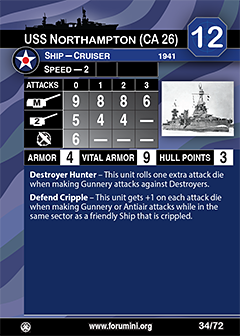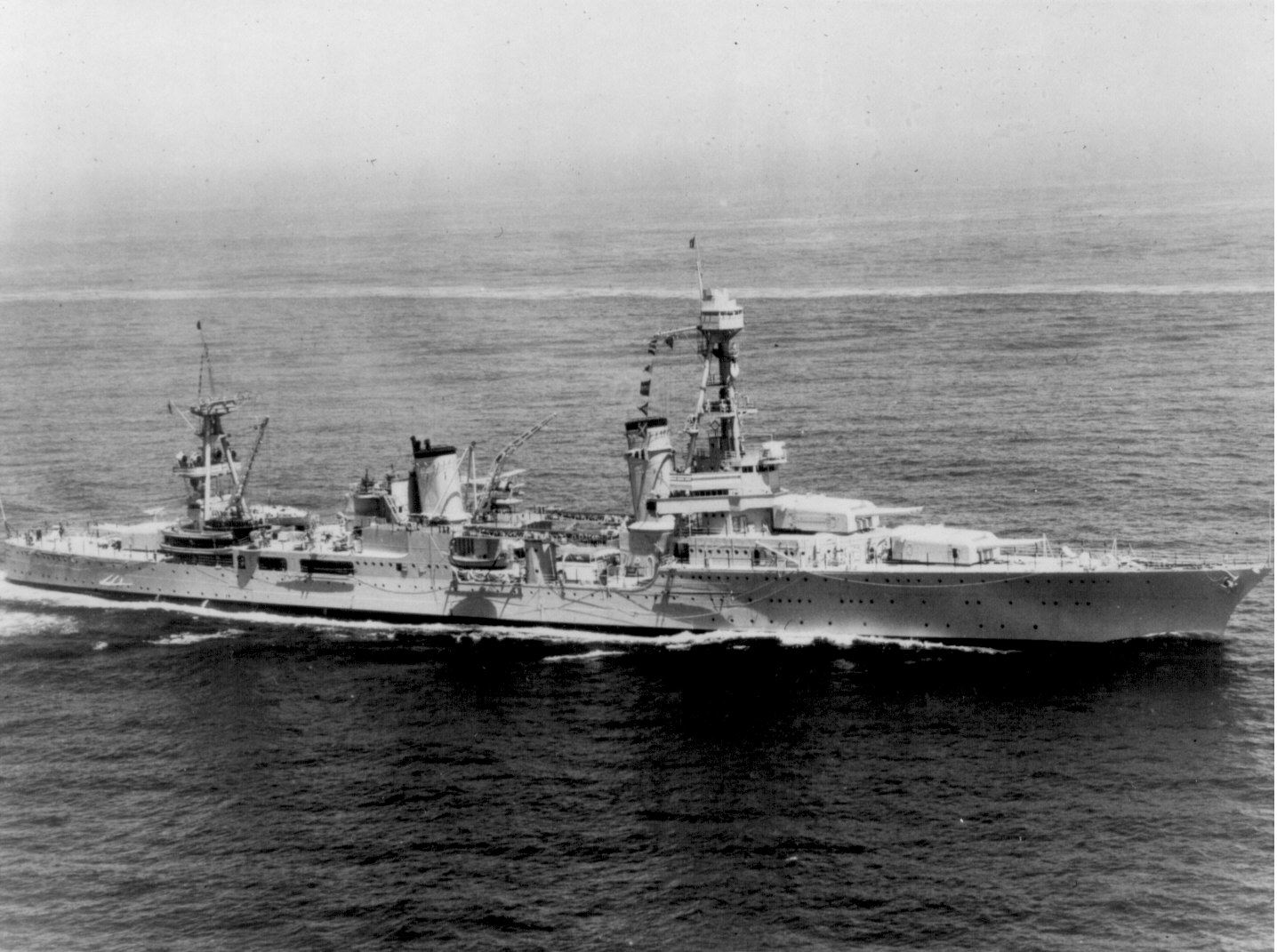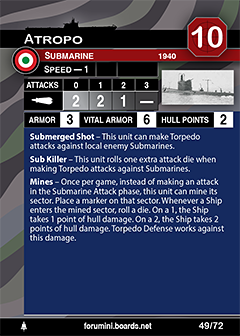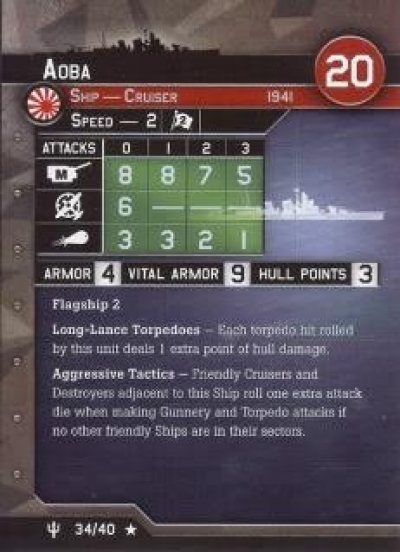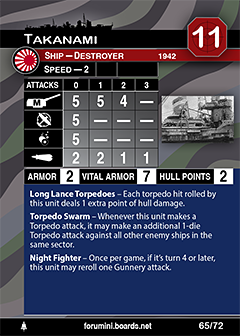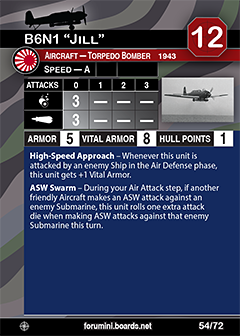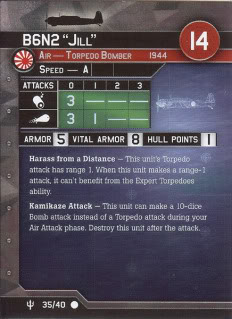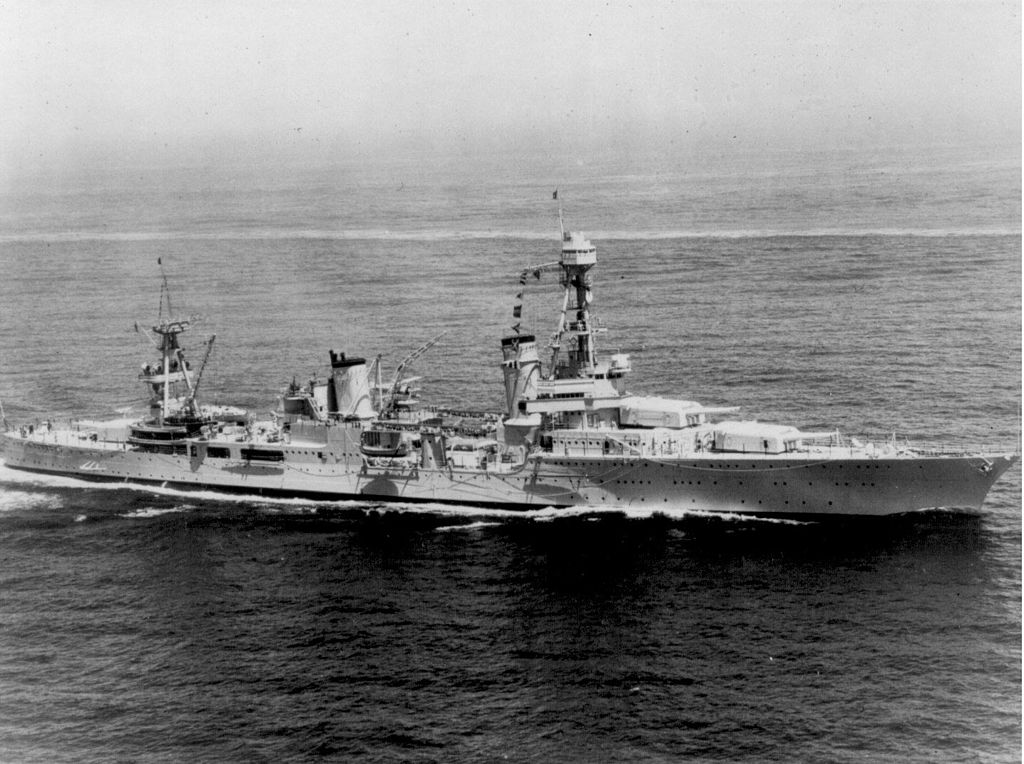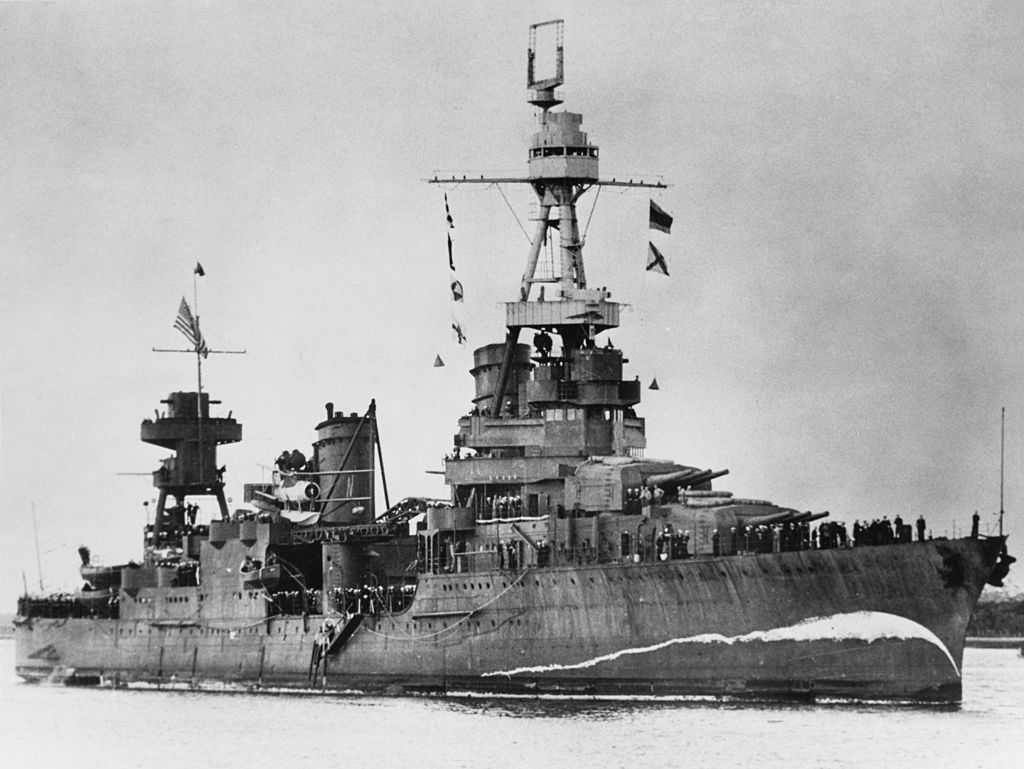Prototype: USS Northampton (CL/CA-26) was the lead Northampton-class cruiser in service with the United States Navy. She was commissioned in 1930, originally classified a light cruiser because of her thin armor but later reclassified a heavy cruiser because of her 8-inch guns. During World War II she served in the Pacific and was sunk by Japanese torpedoes during the Battle of Tassafaronga on 30 November 1942. She was named after the city of Northampton, Massachusetts, the home of former President Calvin Coolidge.
Class History: The Northampton-class cruisers were a group of six heavy cruisers built for the United States Navy, and commissioned between 1928 and 1931. The Northamptons saw much action in World War II. Three (Northampton, Chicago, and Houston) were lost during the war. The other three were decommissioned soon after the end of the war, and scrapped in 1959–1961.
The design of the ships was heavily influenced by the Washington Naval Treaty, which limited cruisers to a maximum of 10,000 tons displacement and a maximum main battery caliber of 8 inches (203 mm). The Northamptons were a reaction to the weight and cost of the immediately preceding Pensacola class, differing in several ways. The Pensacolas mounted a main battery of 10 8-inch (203 mm) guns in four turrets, a twin and superfiring triple fore and aft. In contrast, the Northamptons mounted 9 8-inch (203 mm) guns in three triple turrets, two forward and one aft, the layout followed in all subsequent U.S. heavy cruisers. Although armor was increased, the Northamptons turned out to be lighter than the Pensacolas, and nearly 1,000 tons below the treaty limitations. Freeboard was increased in the Northamptons by adopting a high forecastle, which was extended aft in the last three for use as flagships. These ships were also the first U.S. ships to adopt a hangar for aircraft, and bunks instead of hammocks. Their lighter than expected weight caused them to roll excessively, which necessitated the fitting of deep bilge keels. The immediately following Portland class was essentially a modified Northampton
The design of the ships was heavily influenced by the Washington Naval Treaty, which limited cruisers to a maximum of 10,000 tons displacement and a maximum main battery caliber of 8 inches (203 mm). The Northamptons were a reaction to the weight and cost of the immediately preceding Pensacola class, differing in several ways. The Pensacolas mounted a main battery of 10 8-inch (203 mm) guns in four turrets, a twin and superfiring triple fore and aft. In contrast, the Northamptons mounted 9 8-inch (203 mm) guns in three triple turrets, two forward and one aft, the layout followed in all subsequent U.S. heavy cruisers. Although armor was increased, the Northamptons turned out to be lighter than the Pensacolas, and nearly 1,000 tons below the treaty limitations. Freeboard was increased in the Northamptons by adopting a high forecastle, which was extended aft in the last three for use as flagships. These ships were also the first U.S. ships to adopt a hangar for aircraft, and bunks instead of hammocks. Their lighter than expected weight caused them to roll excessively, which necessitated the fitting of deep bilge keels. The immediately following Portland class was essentially a modified Northampton
Country: The U.S. is a country of 50 states covering a vast swath of North America, with Alaska in the northwest and Hawaii extending the nation’s presence into the Pacific Ocean. Major Atlantic Coast cities are New York, a global finance and culture center, and capital Washington, DC. Midwestern metropolis Chicago is known for influential architecture and on the west coast, Los Angeles' Hollywood is famed for filmmaking.
Item created by: gdm on 2015-09-20 12:51:54. Last edited by gdm on 2019-12-06 08:43:01
If you see errors or missing data in this entry, please feel free to log in and edit it. Anyone with a Gmail account can log in instantly.
If you see errors or missing data in this entry, please feel free to log in and edit it. Anyone with a Gmail account can log in instantly.


